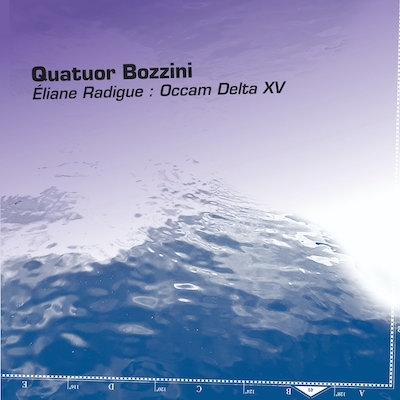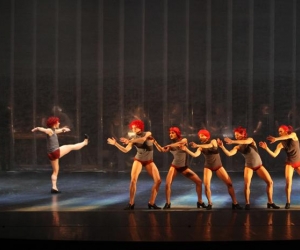In approaching the work of French composer Éliane Radigue, one is recommended to let go of any preconceptions of what music should sound like. The music moves outside the realm of rhythm patterns, melody, and fixed pitch, with slow and subtle changes in sound and in the layering of sonic elements. Radigue’s creative work can roughly be divided into three periods: music made with tape recorders (1967 to 1970); music made with synthesizers (1971 to 2001); and acoustic music made in close collaboration with musicians, e.g., the Occam Ocean series (from 2005 onward). She has always remained quite consistent in what she is after: the musical use of sonic phenomena, such as interference through feedback.
In one sense, feedback is still central in the music she has created since 2005. Musicians develop these pieces with Radigue through intense, concentrated sessions in which she invites them to find music in the sounds their instruments produce, rather than in traditional musical elements. Radigue sits there, listening intently. The feedback consists of subtle signs of approval while they play and conversations afterward. Violist Julia Eckhardt, among the first to realize an Occam piece, has worked and spoken extensively with Radigue. She describes the process in lucid detail in her book Intermediary Spaces and in her contribution to Sound American No. 26: The Occam Ocean Issue.
Similarities and differences between the music from the last two periods are evident on two recent releases, 11 Dec 1980, and Occam Delta XV, the latter performed by Quatuor Bozzini. The former combines a recording of Chry-ptus, Radigue’s first piece for synthesizer played simultaneously from two tape recorders, with Triptych, a composition intended for a dance performance. There is considerably more sonic variety here than on Occam Delta XV, with occasional percussive sounds, different layers and textures, pulsating and undulating sounds, and sounds that are reminiscent of gusts of wind and the steady rolling of the surf.
The Quatuor Bozzini album, which contains two performances of the same piece, is far more monochromatic in sound. But within the limited parameters, the quartet has set itself under Radigue’s guidance, and the result is far more eventful than one might expect. The sustained interplay of the bowed strings with sparse, undulating movements and varying combinations of pitches produces ever-changing hues. They also manage to make the two recordings sound decidedly distinct, although it is hard to describe the differences between them.
Both albums focus on the fabric of sound, but while 11 Dec 1980 feels like music viewed through a magnifying glass, Occam Delta XV is music as it might appear under an electron microscope—a captivating conglomerate of waves. This is in keeping with the way Radigue has approached her art from the beginning: working on the physical properties of sound through imagination. It is also in keeping with the image behind this series, in which the constituting pieces (as of January 2021, the count was seventy) are tributaries and rivers that ultimately flow out into and create an ocean of music.




